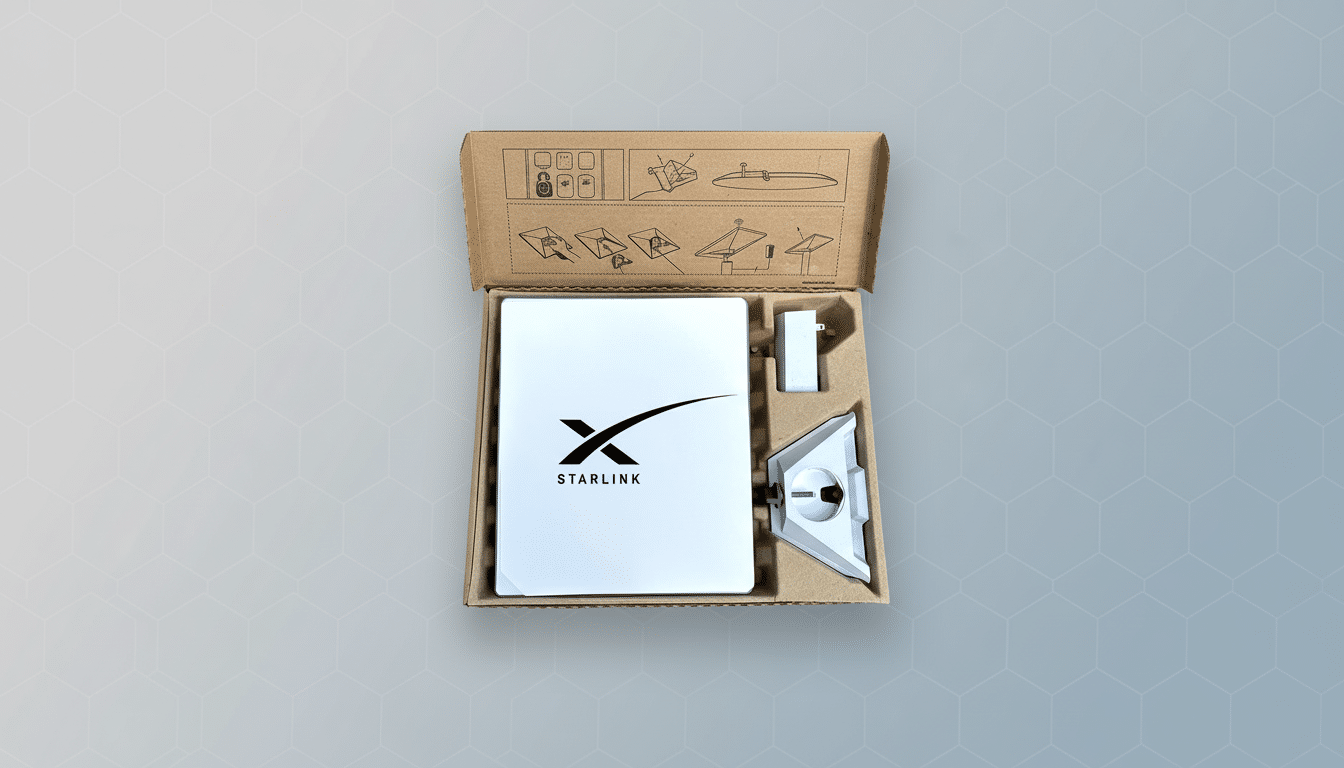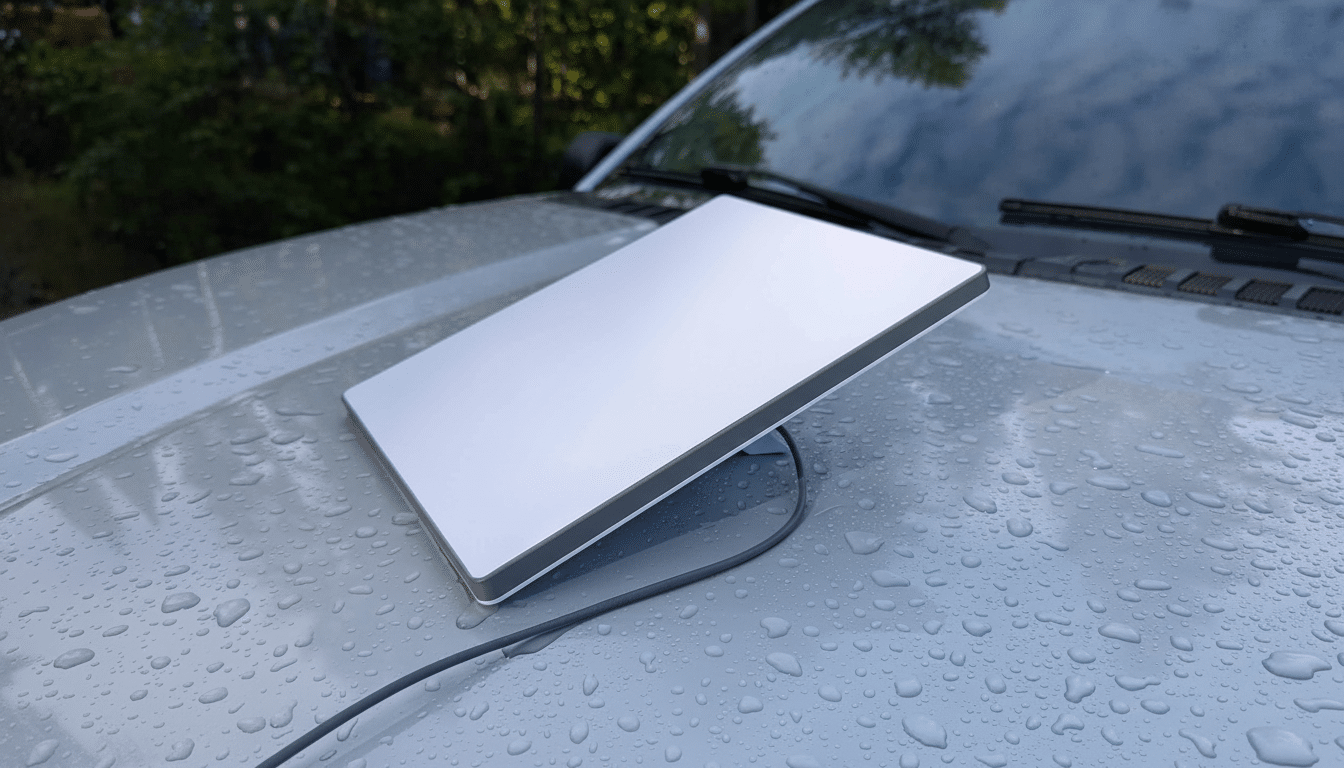SpaceX is offering its “free” Starlink Mini promotion to some subscribers in North America following an appearance that was first reported in Australia.
Residential customers for many years have described receiving emails offering a Mini at no upfront cost, with the vital condition that the device is a rental contingent upon active service.
- What SpaceX is offering with the Starlink Mini promotion
- The catch and which Starlink customers qualify for the deal
- Starlink Mini requires a Roam plan and has discounted options
- How the Mini supports SpaceX’s broader Starlink strategy
- Performance expectations and real-world use of Starlink Mini
- The price math to consider before accepting the Mini offer
- Why SpaceX is launching this promotion across North America now

What SpaceX is offering with the Starlink Mini promotion
For power users
The Starlink Mini is a pocket-sized “grab and go” satellite terminal, featuring a built-in Wi-Fi router and designed for continued use whenever you travel. It is typically used in travel, camping, or temporary work sites.
It normally sells for $499, but has been advertised at $299 via SpaceX and major retailers like Walmart, Best Buy, and Home Depot. With the new outreach, qualifying clients will receive a Mini for $0 down—so long as they maintain active service and return the device if they choose to part ways.
The catch and which Starlink customers qualify for the deal
Recipients are mostly residential customers with at least a year of service, according to user reports shared in online forums and local community groups. The fine print is along the lines of Australia’s: The Mini still belongs to SpaceX, and it has to be sent back if you cancel either your own residential service (for which it’s complimentary) or an add-on deal for the Extra that includes a phone. Offer is limited; availability may vary by account history and region within the US/CAN.
Starlink Mini requires a Roam plan and has discounted options
The Mini does not work on a regular Starlink Residential plan. It also needs Starlink Roam, which in the US costs $165 a month for unlimited data or $50 for 50GB. To sweeten the deal, SpaceX is messaging those who receive an upgrade with bonus discounts of 50% off the usual price for a temporary Roam subscription. There’s also a $5 per month “standby” tier that preserves the Mini at throttled speeds around 0.5Mbps with unlimited data—good as a just-in-case backup when not on the road.
How the Mini supports SpaceX’s broader Starlink strategy
Mobile hardware also dovetails with SpaceX’s move into mobility and edge connectivity. Roam is intended for those who seek connectivity in places like campsites, rural work locations, and seasonal homes without moving their main residential dish. By seeding Minis among existing users and discounting Roam, SpaceX compels customers to add a second line of service—bolstering average revenue per user without the expense of a truck roll.
Hardware promotions, they said, typically occur as supplies find an equilibrium or new models are refreshed. SpaceX has previously indicated that it will continue to work on portable gear, and the new agreement may clear out inventory or expedite network trials of user terminals under more varied conditions.

Performance expectations and real-world use of Starlink Mini
In the field, what’s appealing about the Mini is its undersized footprint versus a standard residential-type dish. It is designed to run when parked under an open sky, not moving. Speedtest Intelligence from Ookla shows Starlink median downloads in the US typically hover somewhere between approximately 60Mbps and 90Mbps, depending on location, with latency frequently clocking at around 50ms–70ms—though those numbers fluctuate greatly with congestion, visibility, and network improvements made possible by newer satellites.
That profile is enough to successfully conduct video calls, stream HD video, and sync large files from long-distance rural areas where cellular coverage dwindles. Crawl-speed connectivity in the standby mode is not for streaming, but it can keep messaging and basic email alive in an emergency at a low cost.
The price math to consider before accepting the Mini offer
“Free” hardware is alluring, but it’s the permanent monthly plan cost that should be the decision point. For a household that keeps its home on Residential and adds Roam for the Mini, Starlink becomes a two-line service; even after the discount currently applied to Roam during its promotion, it increases the total monthly amount. For budget-minded travelers who take a few trips per year, the 50GB Roam tier works best, but frequent overlanders and contractors may want to consider the unlimited plan. Taxes, fees, and currency conversion apply in Canada.
The condition in which the gear was rented is also a factor: if you don’t return the Mini after canceling, you could be charged another fee for returning the terminal. Also to be considered is whether a reduced retail price on a Mini they own outright (when one is available, of course) fits better than a rental married to service.
Why SpaceX is launching this promotion across North America now
SpaceX has said that Starlink serves millions of subscribers in over 100 countries, and North America continues to serve as the service’s revenue core. The more Minis that are accessible to customers, the more they will use and be encouraged to occasionally or temporarily upgrade to Roam. Along with the recent round of fierce price cutting by retailers, this promotion marks an attempt to put additional portable dishes into the field—whether to drive up subscription scale, drain excess inventory, or make way for new-generation portable dishes.
Bottom line: If you get the offer, read all of its terms. For the right use case—road trips, cabins, temporary work sites—the “free” Mini can be a clever add-on. Just keep in mind that the true price is in the service plan, not the one listed on a box.

